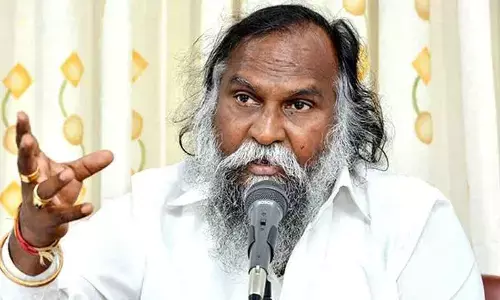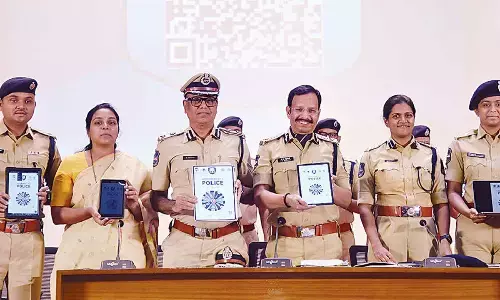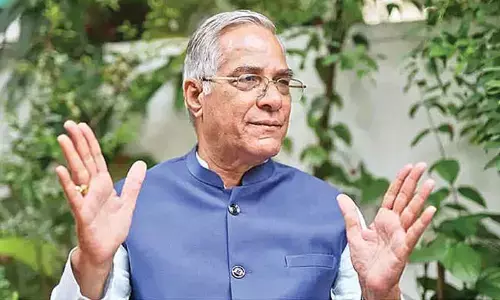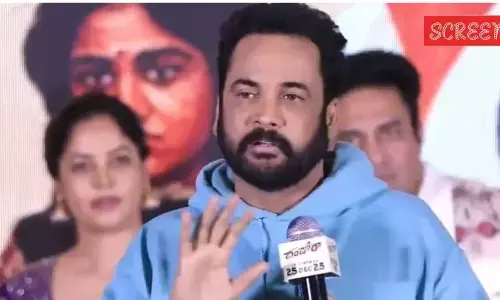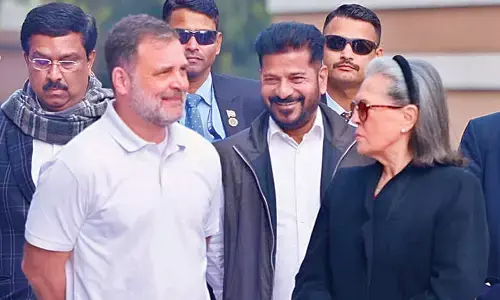North East played important role in Freedom struggle
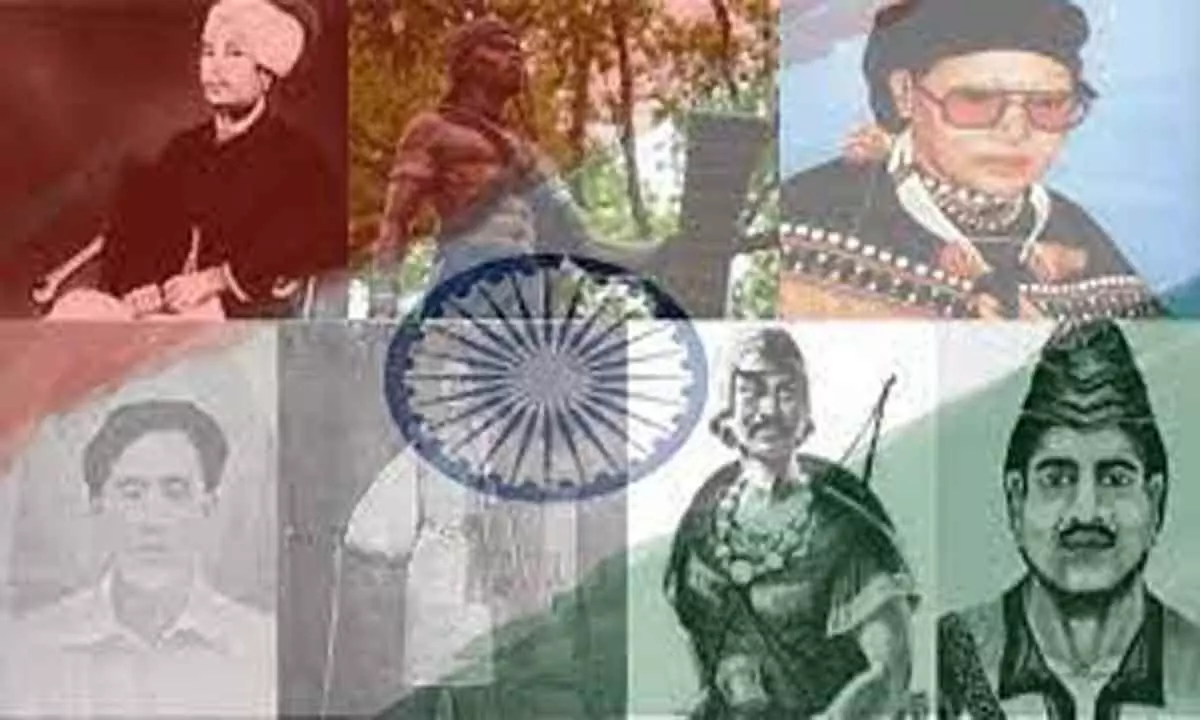
The contribution of the North-East to the Indian freedom movement is not insignificant. However, not much is written about them. But there are some names that come to mind despite it, like Bir Tikendrajit Singh, Rani Gaindinliu, Haipou Jadunang, U Tirot Singh, etc.
Tragically, their stories were never recognised or taught in history lessons. Veer Sambudhan Phonglo is one such name. Hailing from Assam, he inspired many youths of his community and formed an army of his own to wage war against the British. His is a story of how ethnic communities like the Dimasa Kacharis played a vital role in the independence movement.
Jaya Thaosen was another freedom fighter from the Kachari community. The Kachari region was once the seat of the Cachar kingdom, a flourishing ‘rajvansh’ before the British destroyed it. Jaya had grown-up listening to the stories of the glorious past of her region. When she heard about the Indian National Army and its Rani Jhansi regiment, she could not wait to join the army.
In 1944, Jaya formed an organisation of young patriots including Arjun Langthasa and Dao Kemprai. However, they encountered the British force at the Khiren Khowai Range (near Kohima). This encounter soon turned into a battle ground in which Jaya Thaosen and her compatriots fought valiantly and injured many of the Britishers. But Jaya Thaosen was martyred.
The Ruzazho village of Nagaland was the first village administered by Netaji Subhash Chandra Bose in 1944. Netaji came to the village and established the Azad Hind Government with the active support of the Naga people. He appointed several Gaon Bura Dobashi and area administrators.
Gaindinliu, famously known as Rani Gaidinliu, joined the struggle against the British at the young age of 13. Acknowledging her role in the struggle against the British, Jawaharlal Nehru called her the “Daughter of the Hills” and gave her the title “Rani” or queen. She passed away on February 17, 1993 at her native village.
The people of Manipur resisted the British as well. In 1891, Maharaja Kulchandra Singh refused to accept any form of British authority. This led to war. Singhs’s army was led by Tikendrajit and General Thangal. They drove the British out and the latter could never establish direct control over Manipur.
Tirot Sing is a celebrated freedom fighter of the Khasi Hills. The Tirot Sing Cave is an important memorial of this vivid, brutal, and often-ignored chapter of sub-continental history. An early 19th-century chief, Tirot Sing belonged to the faction of Khasi leaders who did not support the growing influence of the British in these eastern frontiers. The Anglo-Khasi war was fought and Tirot and his band of faithful followers used guerilla tactics to evade and strike the militarily superior colonial forces - a battle between guns on one side, and swords and arrows on the other.
Patriots like Moje Riba,Matmur Jamoh, Lomlo Darang and Bapok Jerangare venerated to this day. Assam’s Kanaklata Barua was the youngest freedom fighter from Assam. Inspired by Gandhi’s Quit India Movement, the 17-year-old joined the struggle.
A rebellious young Assamese girl, Kanaklata Barua, embraced death at the peak of the Quit India Movement in 1942. There are many more such warriors but unfortunately, the North-East is viewed from the prism of the ‘other’. Their history was rarely a significant section of Indian history. The above information had to be sourced from various media reports.
One of the most revered figures of the Anglo-Manipur War in 1891 was Major Paona Brajabashi, a soldier of the Kangleipak kingdom (Kingdom of Manipur) under Maharaja Kulachandra. Battling the British undermanned and under-armed in the Battle of Khongjom, Paona valiantly led his soldiers in one of the fiercest battles in Indian history on 23 April 1891.
Engaged in a bloody clash, the Manipuri soldiers, including Paona, fought until the last man by some accounts. Before he was killed, however, he was given a choice.
“A Manipuri British Army Officer asked Paona Brajabashi to switch sides and join the British army. The British insisted that he could switch sides in exchange for a plum post. However, Paona reportedly replied that death was more welcome than treason. Paona took off the cloth wrapped around his headgear and asked the British Officer to behead him,” says Kakchingtabam Hemchandra Sharma, Secretary of Association for Paona Memorial Arts and Rural Development Services.
Born sometime during the last decade of the 19th century in Daring village, Basar Sub-Division of the present West Siang District, Arunachal Pradesh, Moje Riba was involved in the cane business with traders across the Brahmaputra in Dibrugarh, Assam, before his involvement in the freedom struggle.
It was in Dibrugarh when he first heard about the freedom struggle against the British. He soon joined the Indian National Congress, joining forces with other legends of the freedom struggle like Gopinath Bordoloi and Lalit Hazarika. He was affectionately known as Aboh Nyiji, which means ‘old father of all’.
“After joining INC, Moje Riba became the first INC President from Arunachal Pradesh. He led the marches and his supporters in the path of the country’s freedom. He has contributed to this freedom struggle in different ways. For his sacrifices and contributions in the India’s movement, he was conferred with Tamra Patra by the then PM of India,
Born on 6 June 1890, Gopinath Bordoloi not only challenged the British, but also ensured that at the time of Independence, Assam remained part of India, and eventually became the first Chief Minister of undivided Assam.
A follower of Mahatma Gandhi, he joined the Indian National Congress in 1922, and began his political activism during the Non-Cooperation Movement. Despite his immense contribution to the freedom struggle, particularly through the 1930s and the Quit India Movement, it was in 1947 when he truly came to the fore.
With the introduction of the Mountbatten Plan in 1947, Bordoloi battled leaders of the Muslim League to ensure Assam remained in India. Following Independence, he played a central role in the rehabilitation of millions of refugees who had escaped bitter communal violence in the newly created East Pakistan. He was soon given the honorific title of ‘Lokapriya’ for his services, but he passed away a few years after Independence on 5 August 1950.








